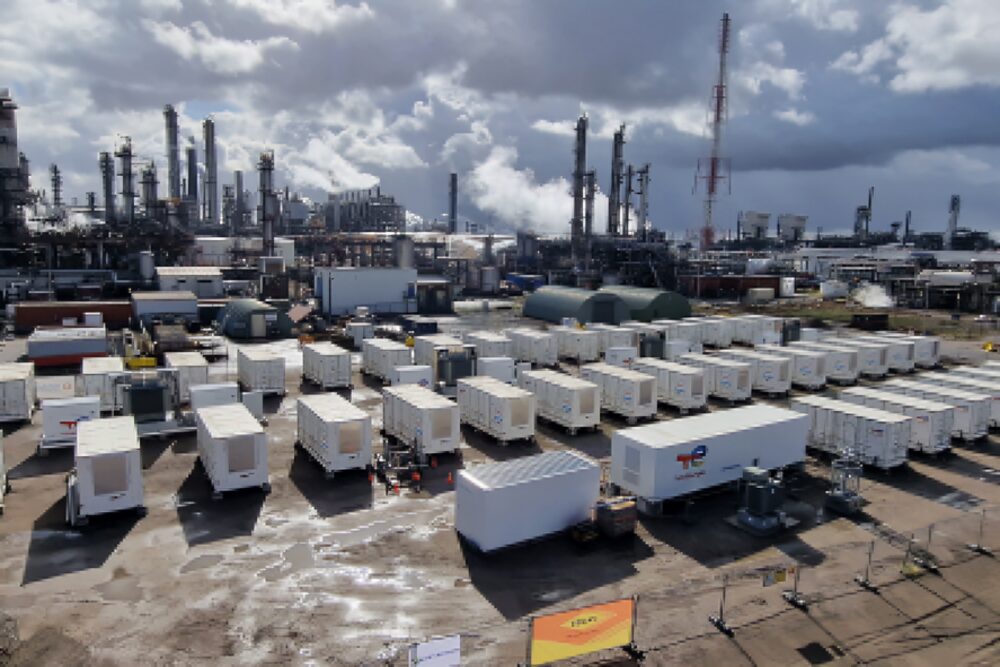
A campaign has been launched to ensure Australia’s future energy system includes the storage required to produce reliable and renewable energy overnight.
Without investment in long-duration storage, Australia risks increased night-time price volatility and unnecessary reliance on fossil-fuel generation, Australia’s peak body for Solar Thermal has warned.
In launching its Solar At Night campaign website, the Australian Solar Thermal Research Institute (ASTRI) is warning that as the amount of renewable generation increases, long-duration intra-day storage of greater than 12 hours, is required to ‘firm’ intermittent wind and solar PV generation and to displace fossil-fuel generation.
The new Website can be found here.
While battery storage technology is cost-effective for up to four hours, ASTRI says the most critical emerging ‘storage gap’ is in the 12–15 hour market for firm ‘overnight’ power generation capacity.
Overnight power is current provided by coal and gas, and investment in low-emission overnight energy storage – such as pumped-hydro and Concentrated Solar Power (CSP) – will allow Australia to significantly reduce its emissions.
Concentrated Solar Power (CSP) uses mirrors to concentrate the sun’s energy in the form of high-temperature heat. The heat is stored and then used to generate synchronous and fully dispatchable power for up to 15 hours.
“The successful uptake of wind and solar PV generation in the National Energy Market is driving emissions out of our electricity sector, but its variability and overnight scarcity requires the support of firm capacity,” said Director of ASTRI, Dominic Zaal. “This is paradoxically making us more reliant on coal and gas.”
Mr Zaal said Australia needed an ability to time-shift abundant day-time solar resources to meet night-time energy needs. “We need a ‘Solar at Night’ capability where energy users have access to reliable and cost-effective renewable energy, from sunset to sunrise.”
Mr Zaal said there were few utility-scale options to achieve this outcome, including pumped-hydro, compressed air, Hydrogen and CSP.
“Given our abundant solar radiation, CSP makes a lot of sense in Australia’s future energy landscape.”
He said there were over 100 operational CSP systems around the world, all of them located in regions with high solar radiation. “It’s ironic that Australia, with the highest solar radiation levels in the world, has not yet deployed a utility scale CSP system.”
He said the best way to deploy solar thermal in Australia was to integrate it with solar PV to optimise the respective strengths of each technology. Solar PV is the lowest-cost form of renewable energy during the day, but it could be intermittent, and overnight storage with batteries is expensive.
“CSP is expensive for day-time generation, but it is one of the lowest-cost forms of overnight renewable power. Combining the two technologies is the ideal solution for 24/7 renewable power in hot, dry locations within Australia.
“We have created a website that educates Australians on the benefits of CSP, and we will be ensuring that Australia’s greatest untapped energy source – the sun – is not left out of the future electricity grid,” said Mr Zaal.
“The Energy Ministers have agreed to put emissions goals into the planning of their state systems, and that means we can no longer put the long-duration storage gap on the back-burner.
“It will have to be dispatchable and zero emission, and we believe CSP is a good technology to achieve that.”
ASTRI was established by the Federal Government to facilitate increased awareness and commercial uptake of solar thermal technologies. The Institute represents industry, academics, and other key stakeholders in the Solar Thermal industry.











